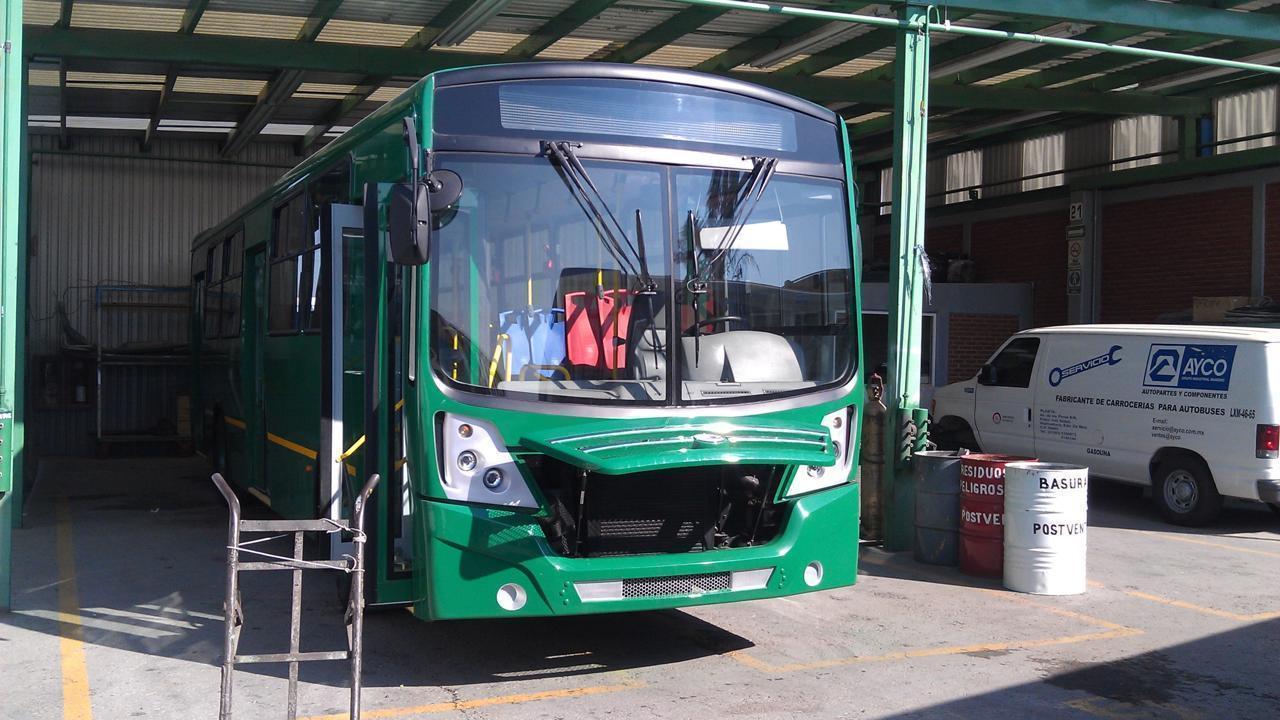
Post by : Amit
E-Bus Rollout Slows Down Amid Mounting Parts Shortages
India’s ambitious electric bus (e-bus) transformation is facing an unexpected jolt. While policies like FAME-II and National Electric Bus Programme (NEBP) laid out bold goals for a cleaner, quieter, and more sustainable urban transport system, manufacturers are now struggling to meet delivery deadlines due to persistent supply chain disruptions and component shortages. The result? Delays in deploying thousands of electric buses across key Indian cities, threatening to derail the nation’s clean mobility agenda.
A Promising Vision Faces Supply Chain Reality
The central government, through schemes such as FAME-II (Faster Adoption and Manufacturing of Hybrid and Electric Vehicles), had targeted the procurement and deployment of 10,000 electric buses. In addition, the Convergence Energy Services Limited (CESL), under the Ministry of Power, was set to oversee deployment of around 5,690 electric buses under its Grand Challenge initiative across five major cities including Delhi, Bengaluru, Hyderabad, Surat and Kolkata. The intention was to rapidly decarbonize public transport by replacing diesel-guzzling buses with zero-emission alternatives.
However, the ground reality paints a more complicated picture. While tenders have been issued and contracts awarded, manufacturers say they are struggling to meet the promised delivery timelines due to short supply of critical components—especially lithium-ion battery packs, power electronics, electric axles, and traction motors.
According to recent reports, barely 50% of the electric buses committed under CESL’s Grand Challenge I have actually been delivered so far. Many state transport undertakings (STUs), which were supposed to have fully switched to e-bus fleets in select depots, are now working with hybrid fleets, delaying route electrification.
Global Factors Exacerbate Local Challenges
The global nature of electric vehicle (EV) supply chains is partly to blame. Indian OEMs (original equipment manufacturers) of electric buses rely heavily on imports from countries like China, South Korea, and Japan for high-value parts such as battery modules and motor controllers. But COVID-era disruptions, the Russia-Ukraine conflict, container shortages, and semiconductor supply tightness have all created a ripple effect.
China, the world's largest battery manufacturer, has also seen intermittent production slowdowns and logistical bottlenecks due to its internal energy constraints and occasional lockdowns. Indian manufacturers find themselves at the receiving end, facing delays of up to 6–8 months in key part deliveries.
Furthermore, the central government’s increased emphasis on ‘Make in India’ through localization mandates has added to the complexity. Suppliers are being encouraged to shift sourcing to domestic players, but the Indian ecosystem for EV components is still at a nascent stage, particularly for high-energy density batteries.
OEMs Struggling to Catch Up
Manufacturers such as Tata Motors, JBM Auto, Switch Mobility (Ashok Leyland), and PMI Electro have been awarded significant portions of CESL and state-level contracts. But insiders admit that while assembly lines are running, production often comes to a standstill due to waiting for key parts.
A senior executive at one OEM stated, “The issue is not capacity, but the availability of critical components like lithium cells and traction motors. These have long lead times, and suppliers are themselves overbooked.”
The problem is compounded by the fact that India is not yet self-sufficient in battery cell manufacturing. While several gigafactory projects are in the pipeline under the PLI (Production Linked Incentive) scheme for Advanced Chemistry Cell (ACC) battery storage, none are yet operational at scale.
In the meantime, Indian OEMs continue to depend on importing battery packs, typically from Chinese firms like CATL, BYD, and CALB. Any disruption in Chinese exports—due to geopolitics or trade restrictions—could further escalate delays.
State Governments Concerned Over Delays
State transport authorities, who were expecting to roll out electric buses before the end of FY2025, are growing increasingly worried. Delhi Transport Corporation (DTC), for instance, was aiming to have a fleet of 2,000 e-buses on the roads by March 2025. However, the delay in manufacturing has pushed this target further out.
Karnataka’s transport minister, Ramalinga Reddy, recently expressed concerns over the slow pace of delivery by contracted OEMs. “We want to accelerate our green mobility push, but we are repeatedly being told there is a bottleneck in component sourcing. This has policy implications,” he said.
In cities like Hyderabad and Ahmedabad, bus route planning had already been adjusted to accommodate e-bus depots, charging infrastructure, and designated e-bus lanes. But now, without timely vehicle deliveries, those plans are in limbo, potentially wasting public funds already invested in infrastructure.
Logistics, Certification and Charging: A Triple Delay Trap
Beyond supply issues, manufacturers also face logistical and certification bottlenecks. Once the buses are manufactured, they need to undergo rigorous safety and performance tests at ARAI (Automotive Research Association of India) or ICAT (International Centre for Automotive Technology). But both facilities are reportedly swamped with backlog, further delaying final road-worthiness approvals.
Simultaneously, many cities are struggling to finish charging depot construction in time. Setting up 150kW–240kW DC fast chargers at bus depots requires coordination with DISCOMs, transformer installations, and local permits. Any lag in this chain results in further delays in operationalizing even those buses that are ready for deployment.
A senior CESL official mentioned, “Our buses are arriving in phases, but many depots are not fully ready. It’s a synchronization problem—vehicle readiness and infrastructure must match perfectly. That’s not happening at scale yet.”
Industry Experts Call for Better Coordination
Mobility analysts say the issue is not the lack of ambition, but the gap in real-time coordination between various stakeholders. Unlike diesel buses, electric buses depend on a complex ecosystem that spans energy suppliers, component importers, regulators, transport planners, and charging infra developers.
Avinash Sharma, an independent transport policy consultant, notes, “We need a unified dashboard to track deliveries, depot readiness, part availability, and infrastructure commissioning. Right now, each element is being handled in isolation.”
He added that governments should consider phased incentives for timely deliveries and impose penalties for unjustified delays. “Accountability will ensure OEMs don’t overpromise and STUs don’t underprepare,” he said.
PLI Scheme and Local Manufacturing: Hope on the Horizon
While the current hurdles are frustrating, there’s cautious optimism for the future. The ₹18,000 crore PLI scheme for battery manufacturing has attracted bids from major players like Reliance New Energy, Ola Electric, and Rajesh Exports. These firms are setting up cell manufacturing units expected to begin operations by 2026.
Once domestic cell production picks up, the cost and delivery time for electric buses should drop significantly. In addition, some startups are working on solid-state battery technologies and modular motor systems that could eventually reduce India’s dependence on foreign suppliers.
Union Heavy Industries Ministry is also working on a revamped version of FAME-III, which will include provisions for standardization of components, improved supply chain resilience, and higher localization requirements—measures that aim to reduce such supply shocks in future tenders.
CESL Planning Grand Challenge 3.0 Despite Setbacks
Despite current setbacks, CESL has already announced that it is planning a third phase of Grand Challenge, targeting another 10,000 buses across 25 cities. But this time, officials say, the selection of OEMs will consider past delivery performance as a key criteria.
“We are learning from Grand Challenge I and II. We want to ensure cities don’t suffer due to backend issues. So future contracts will have stronger clauses related to manufacturing timelines and infrastructure readiness,” said Mahua Acharya, former CEO of CESL.
A Bumpy Road to a Greener Future
India’s electric bus revolution was never going to be an overnight success. While the country has made impressive strides in electrification—especially in two-wheelers and three-wheelers—the electric bus segment was always more complex due to higher upfront costs, longer delivery cycles, and infrastructural dependencies.
But the urgency to shift to clean public transport remains unchanged. Urban air pollution, oil import dependency, and rising operational costs of diesel buses demand a transition. For now, though, the wheels of the electric bus revolution are turning more slowly than expected—bogged down by the very global supply chains that once promised to accelerate them.
If the government, manufacturers, and power utilities can align their efforts better, this temporary delay may yet turn into a lesson in resilience for India’s green mobility future.
E-Bus Production
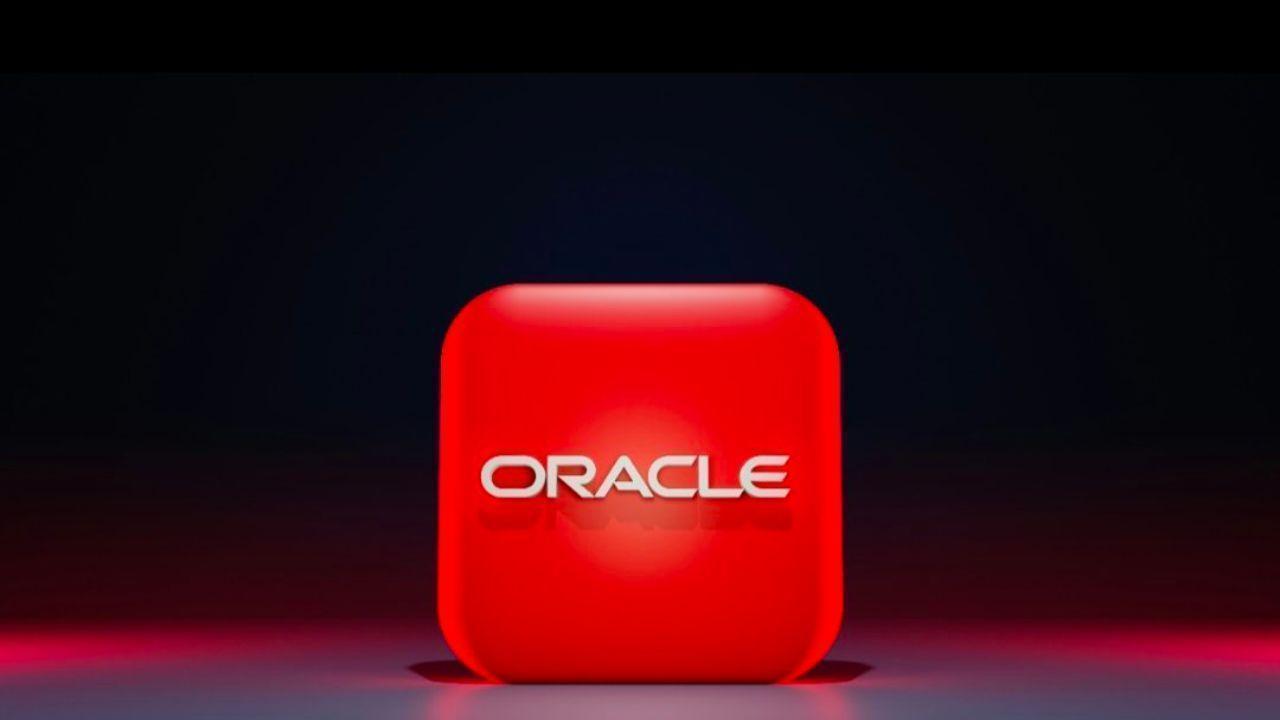
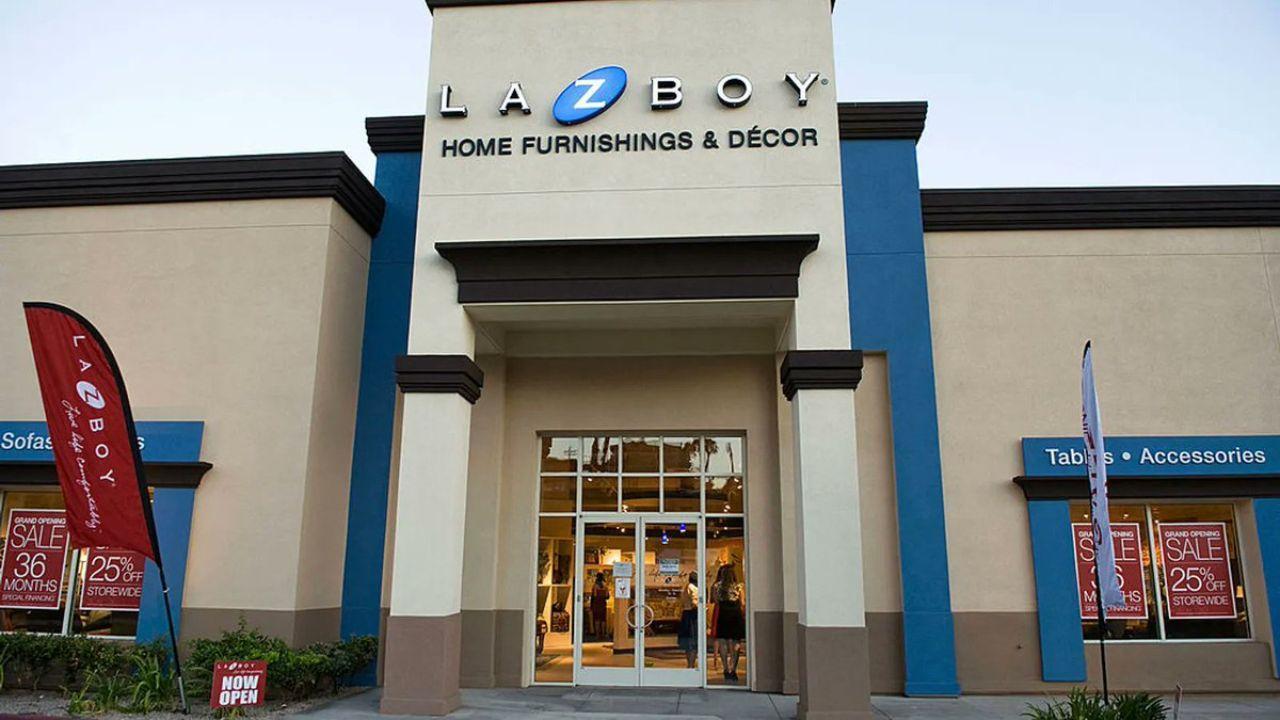
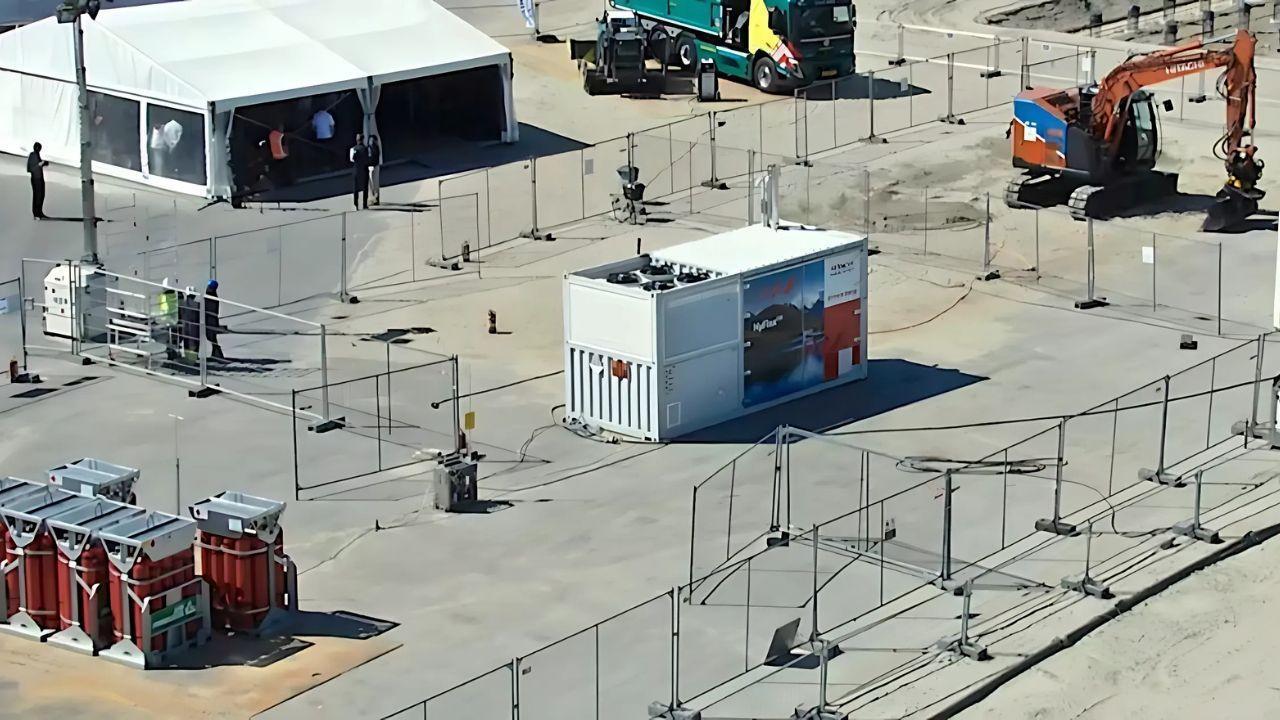
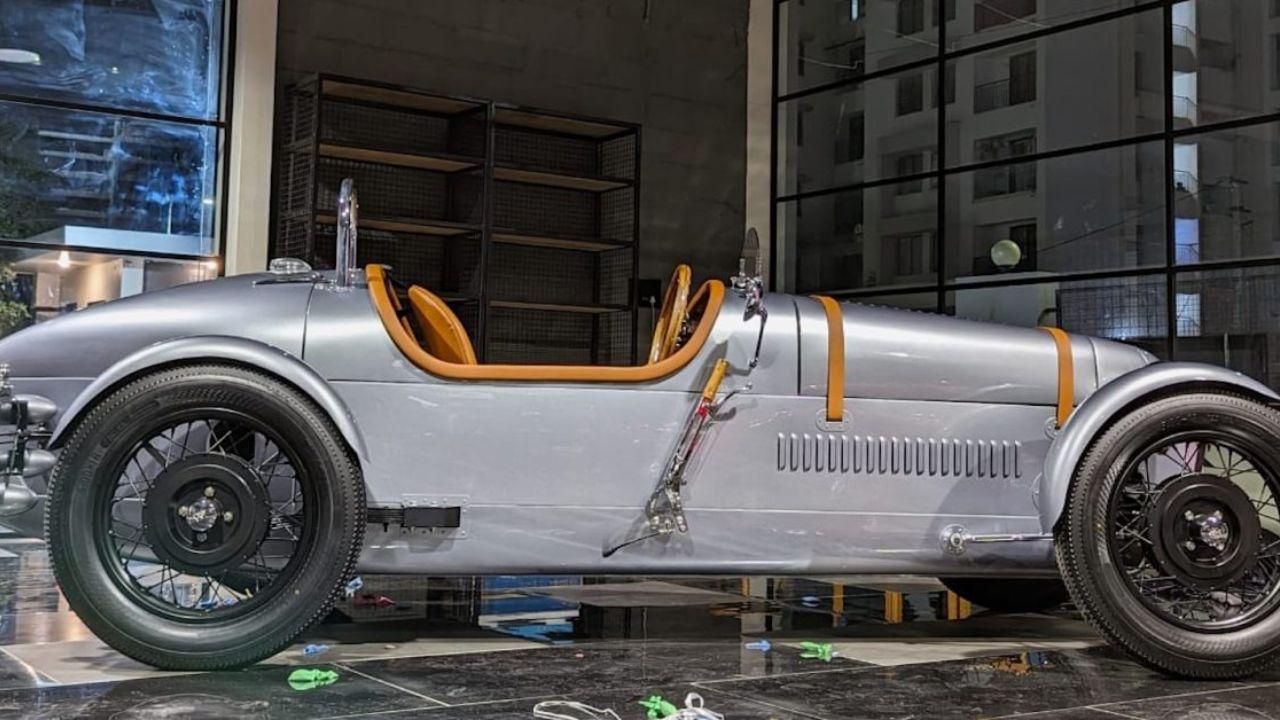
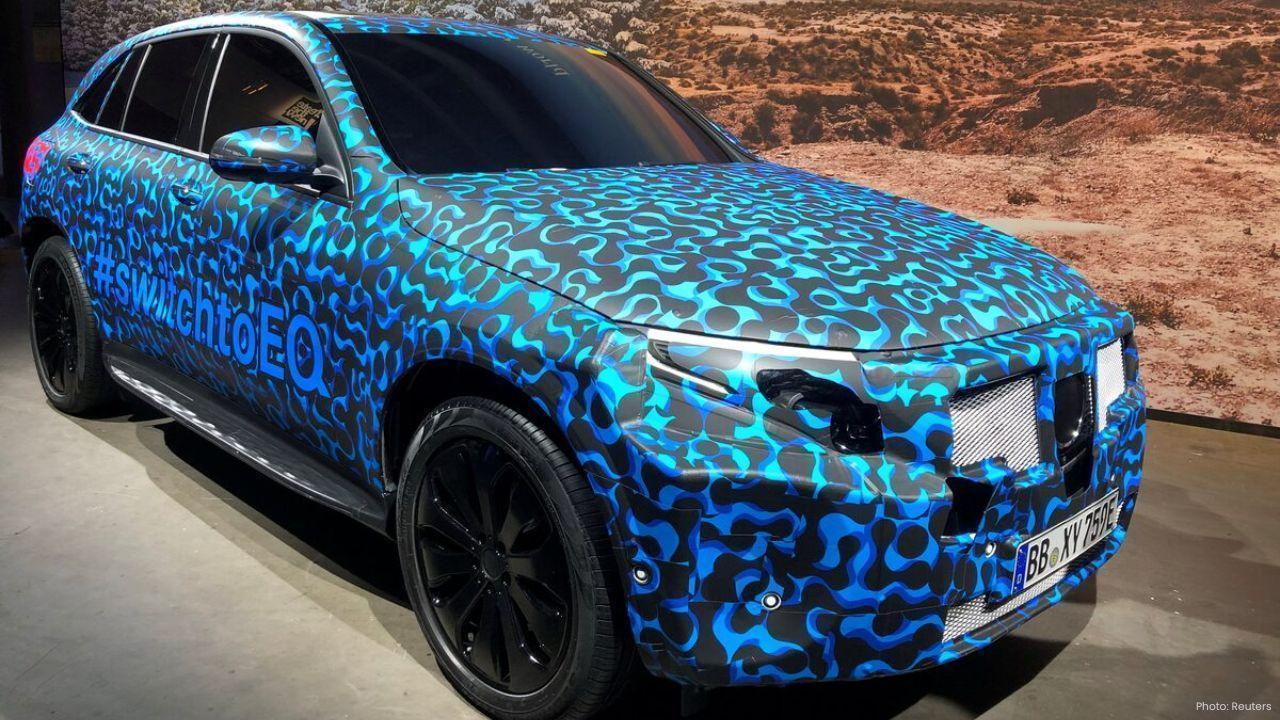

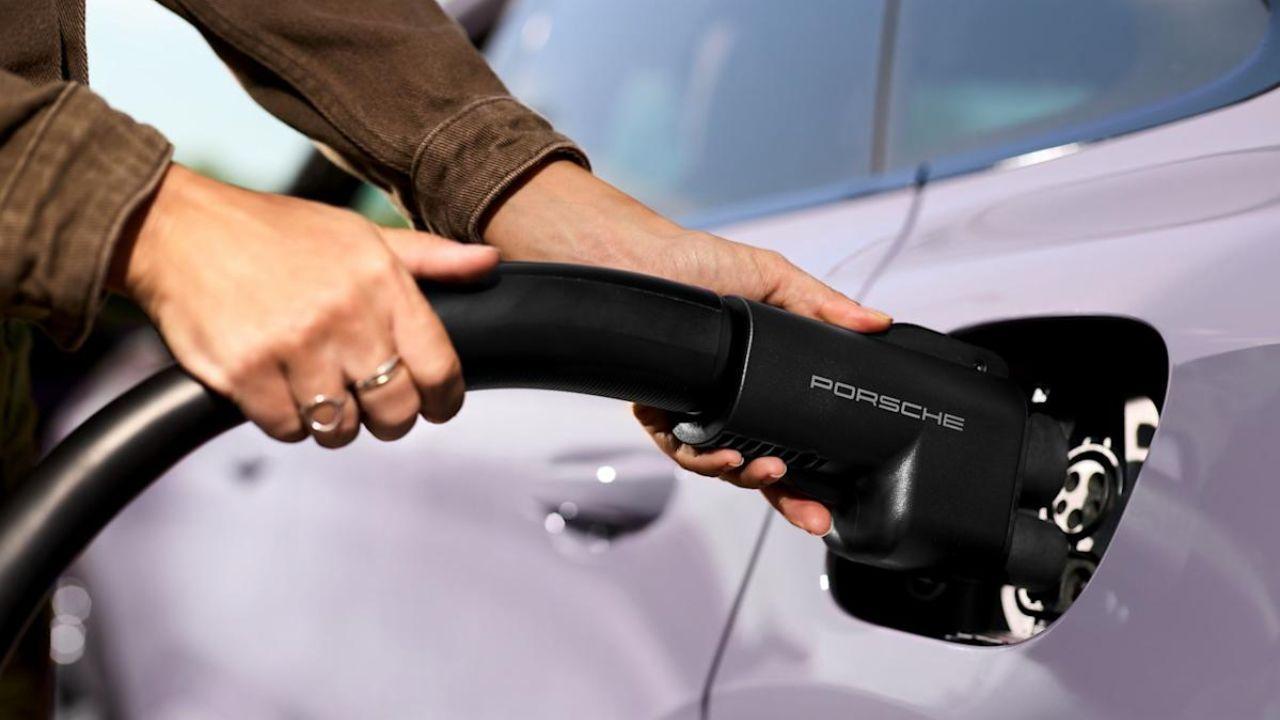

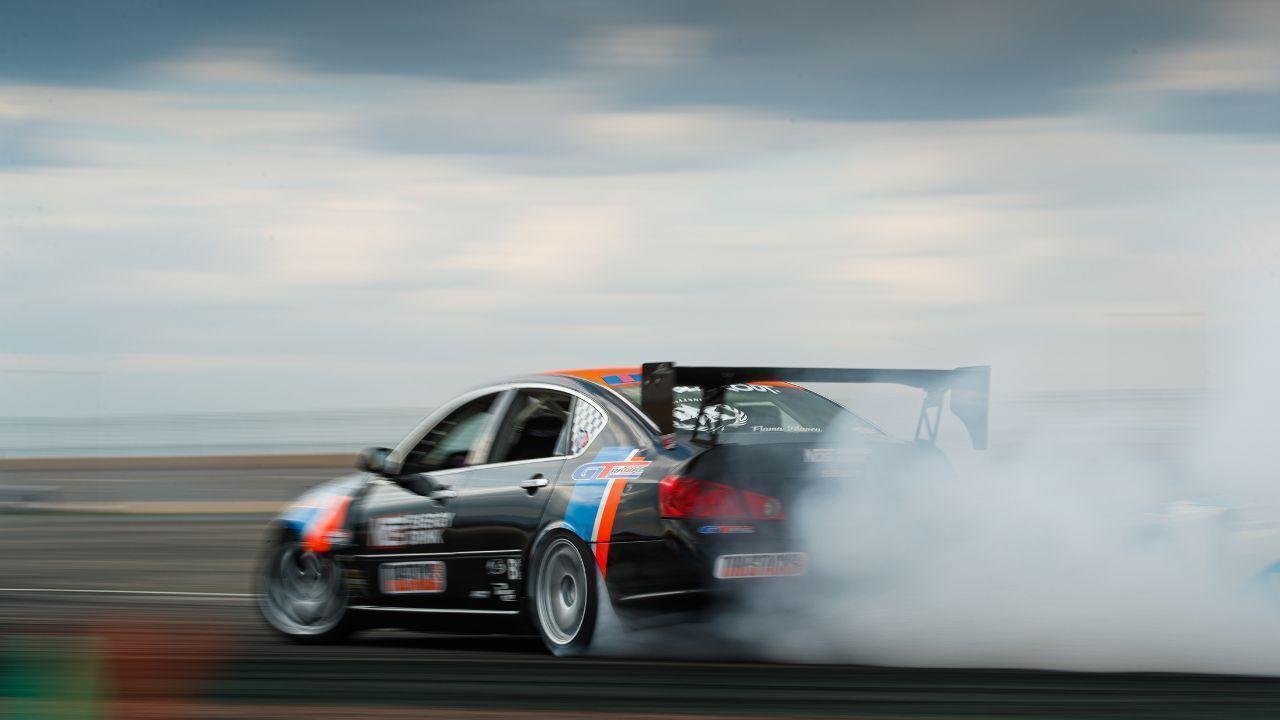
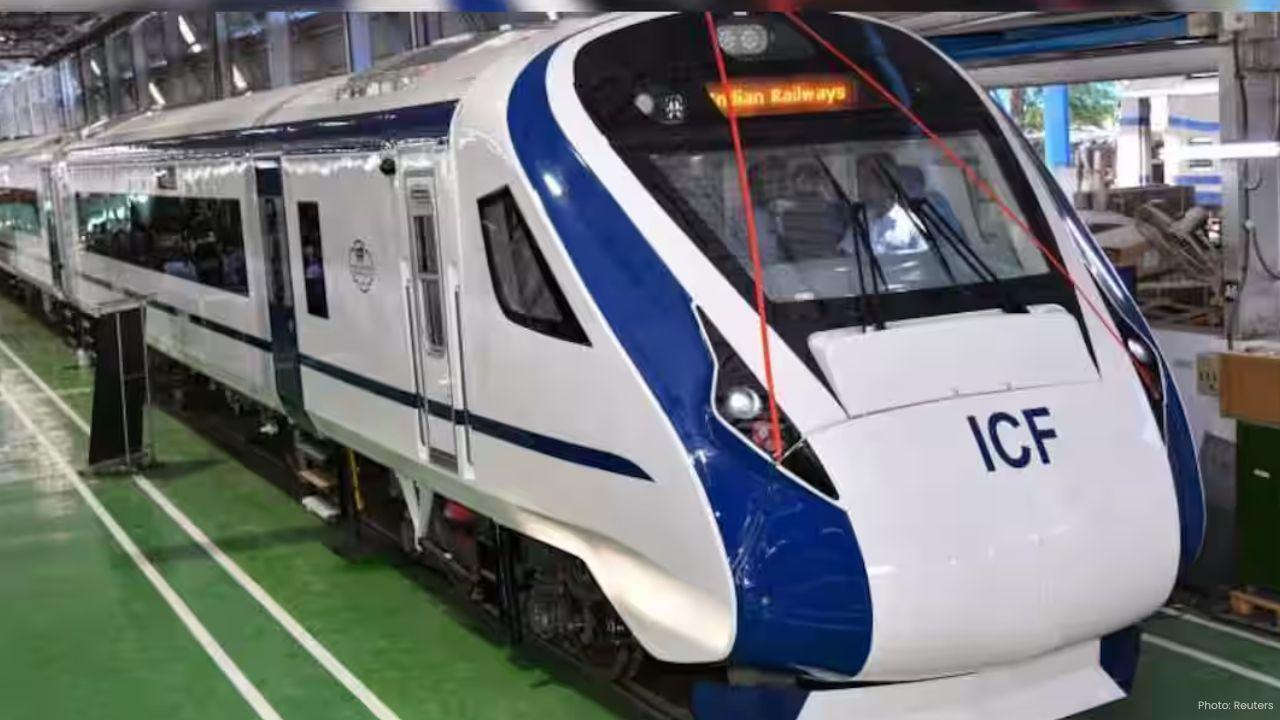
Vande Bharat Passenger’s Spitting Incident Sparks Nationwide Debate
A passenger spitting on the Vande Bharat Express floor sparks online debate on civic sense cleanline

OnTrac Introduces Ground Essentials Service for Affordable and Reliable Shipping
OnTrac launches Ground Essentials a new service offering cost-effective parcel delivery with up to 3
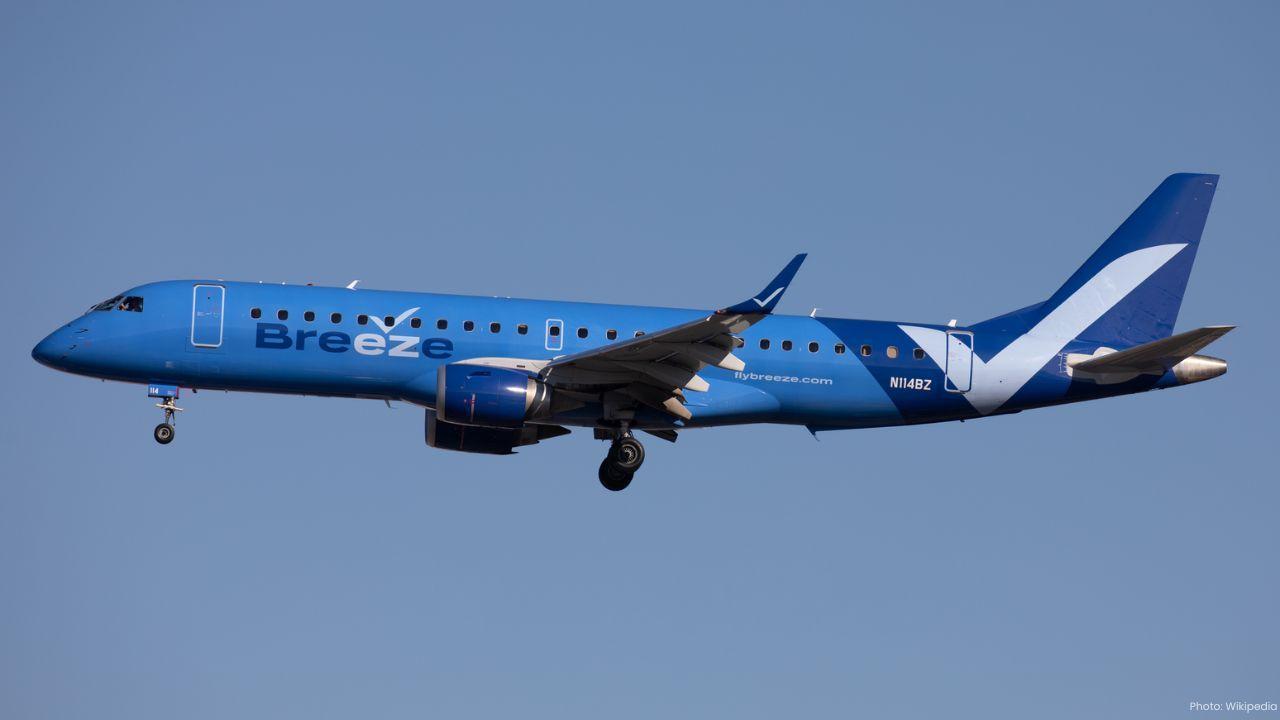
Breeze Airways Earns Five-Star Status as North America's Top Airline
Breeze Airways achieves a five-star rating marking it as North America's leading major airline for 2

Royal Enfield Cuts Prices on 350cc Bikes After GST Rate Reduction
Royal Enfield reduces prices on 350cc motorcycles from September 22, 2025, following GST rate cuts,
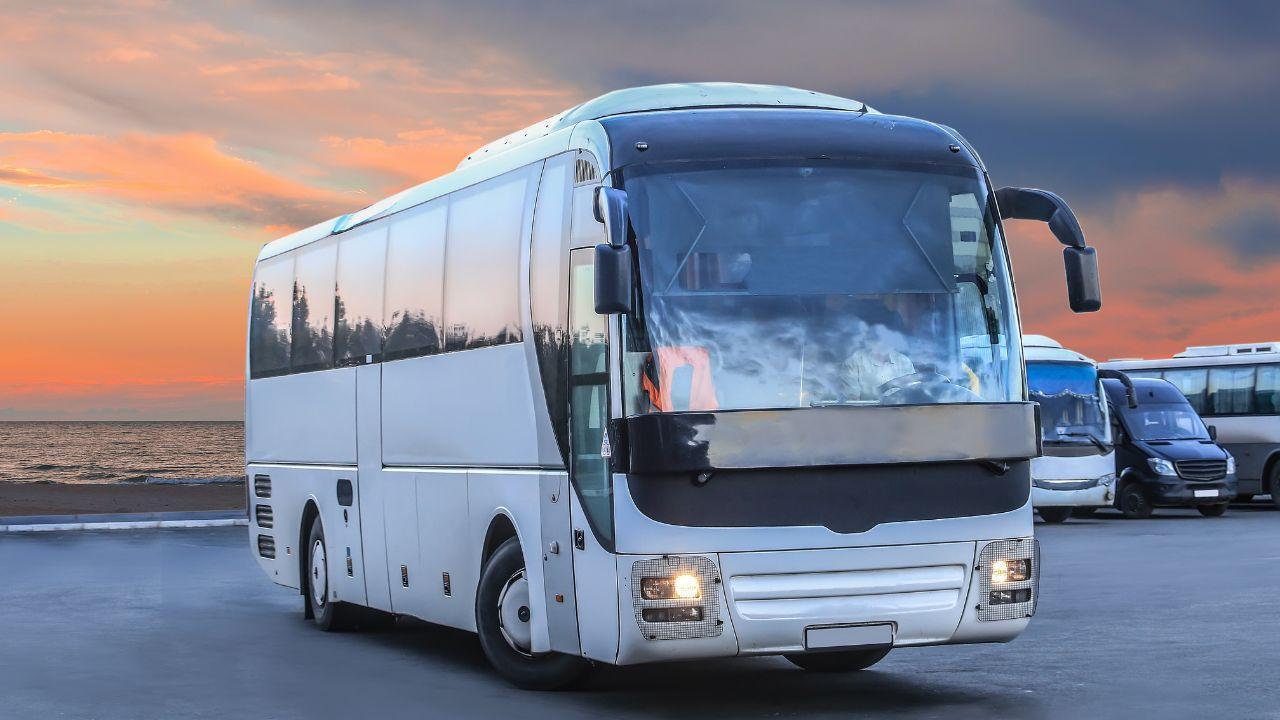
Viva ACP Boosts Bus Safety with Strong Lightweight Aluminium Panels
Viva ACP’s panels make buses safer lighter and stronger—saving energy and protecting passengers with
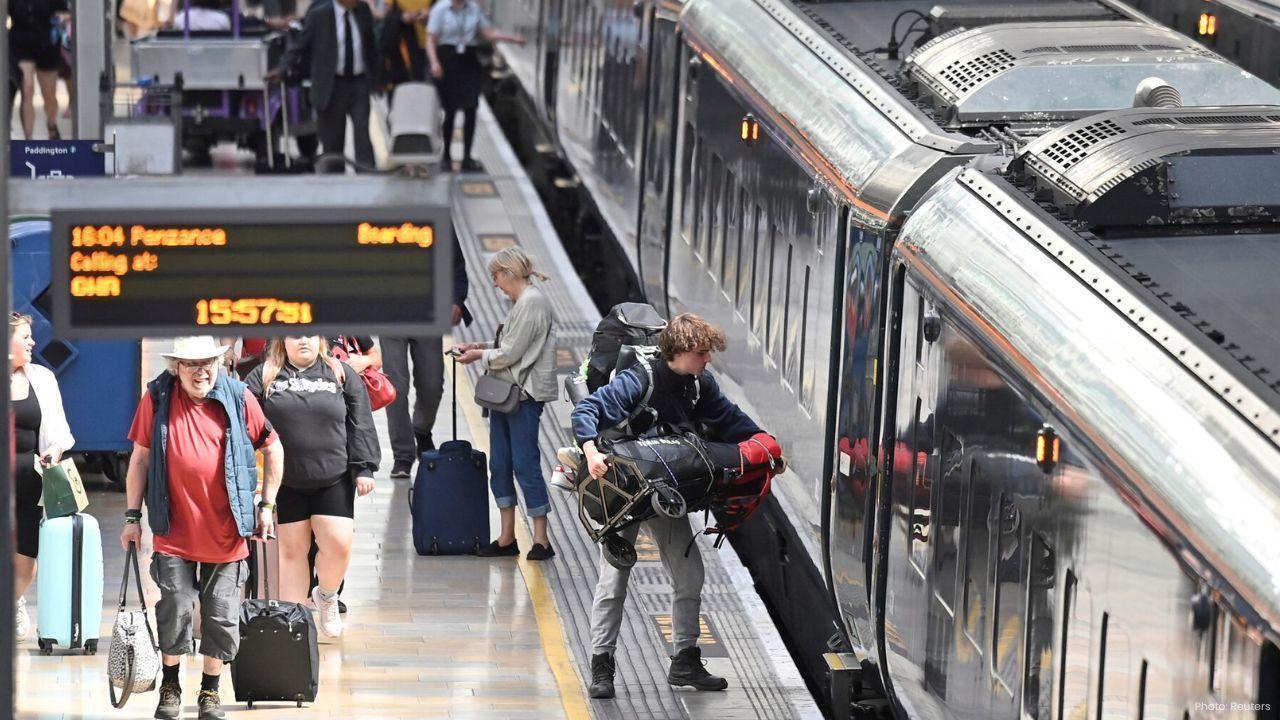
Steelpaint’s Stelcatec Coating Gets UK Rail Approval
Steelpaint’s Stelcatec coating approved by UK Network Rail for durable, fast, and effective protecti